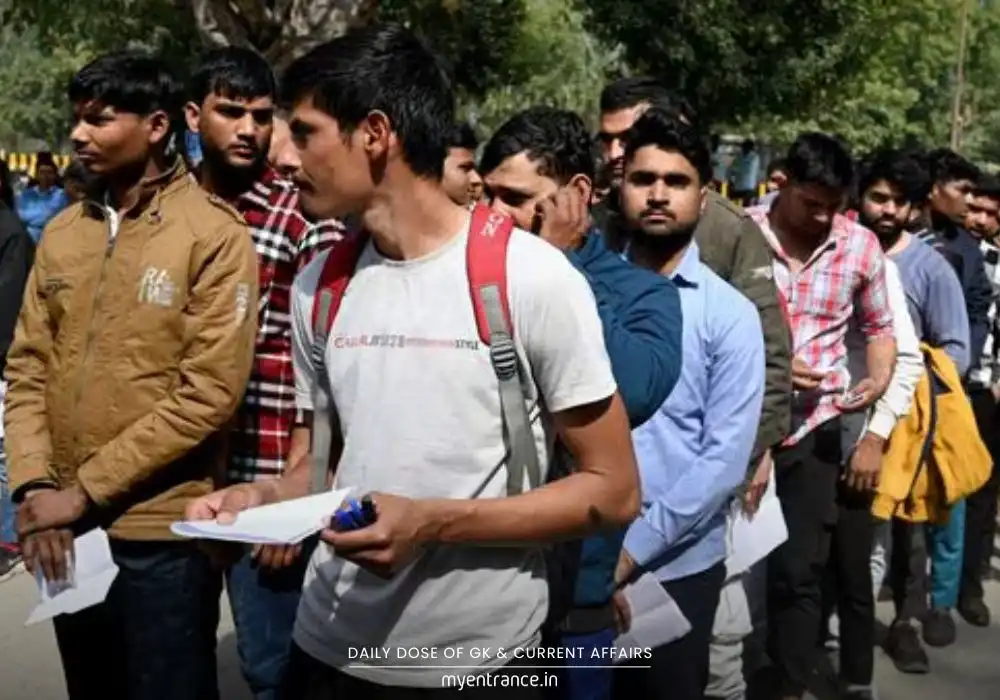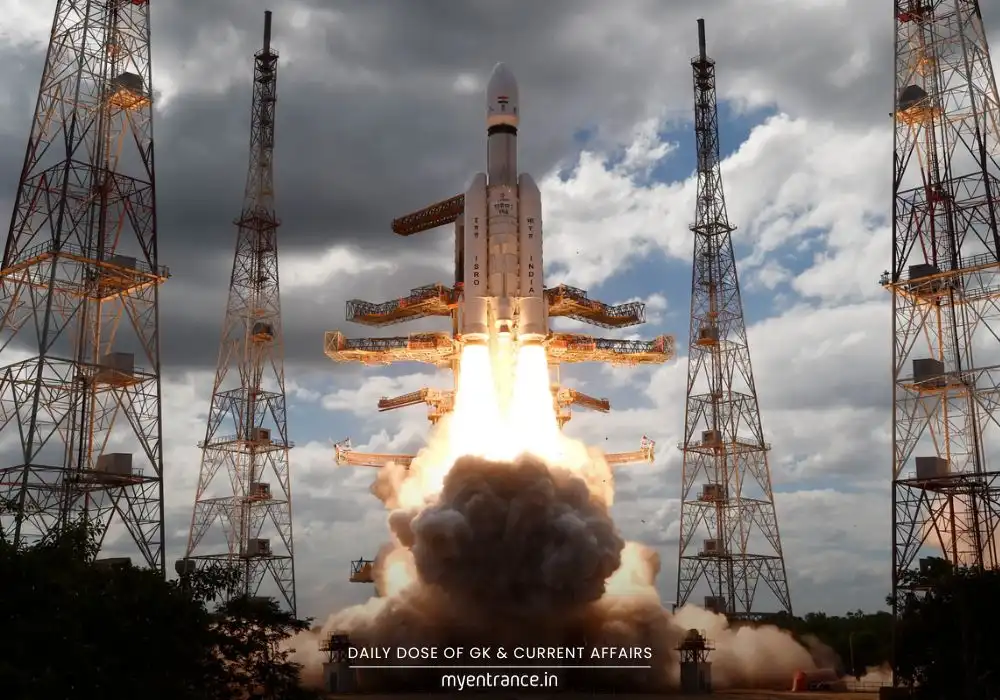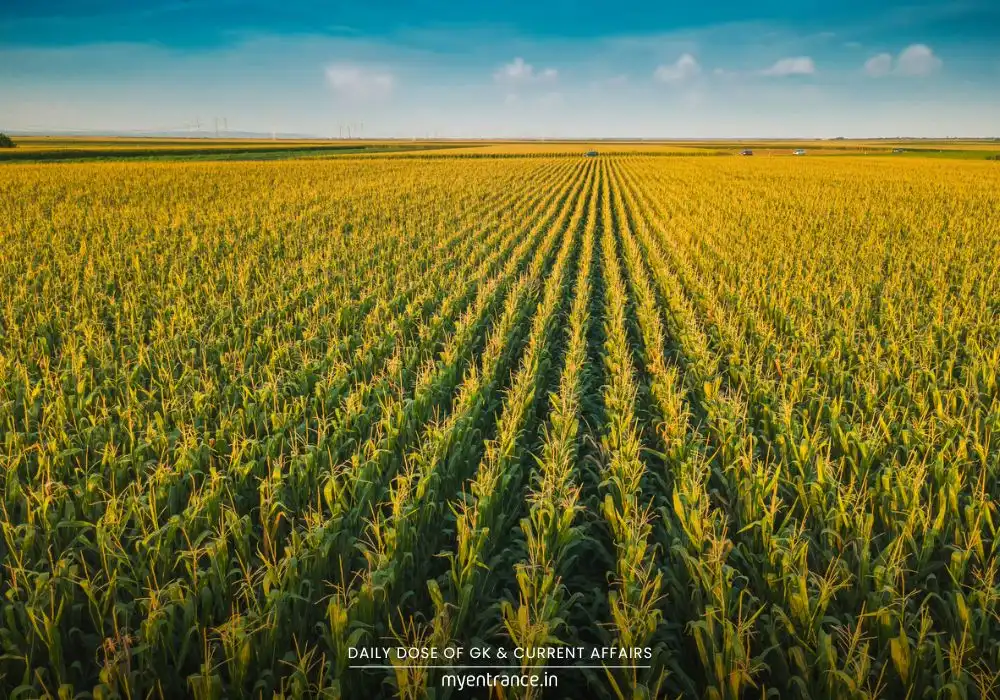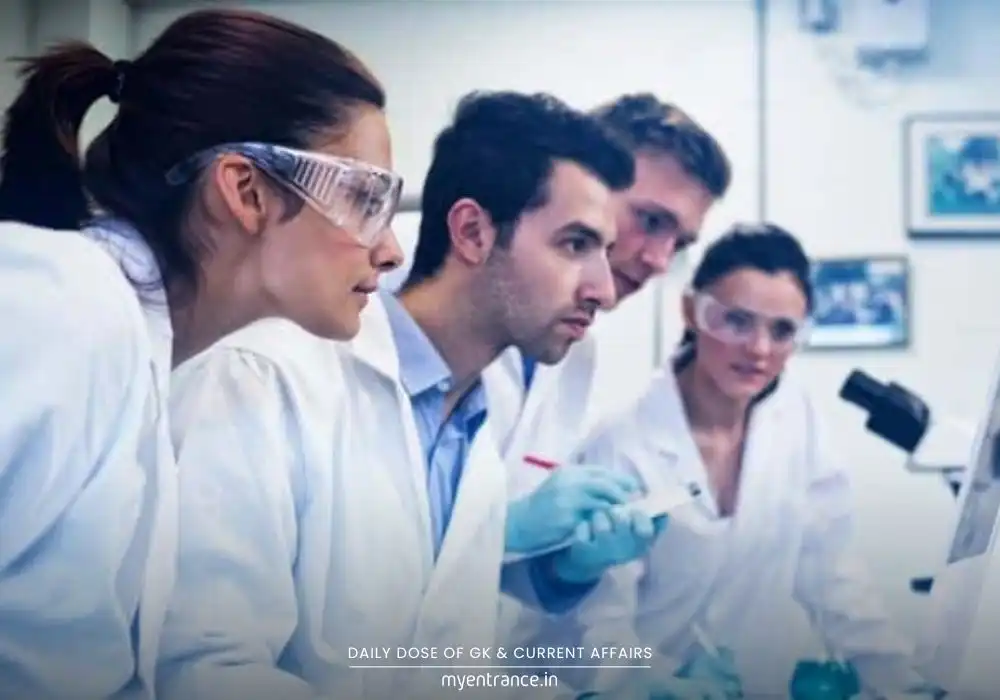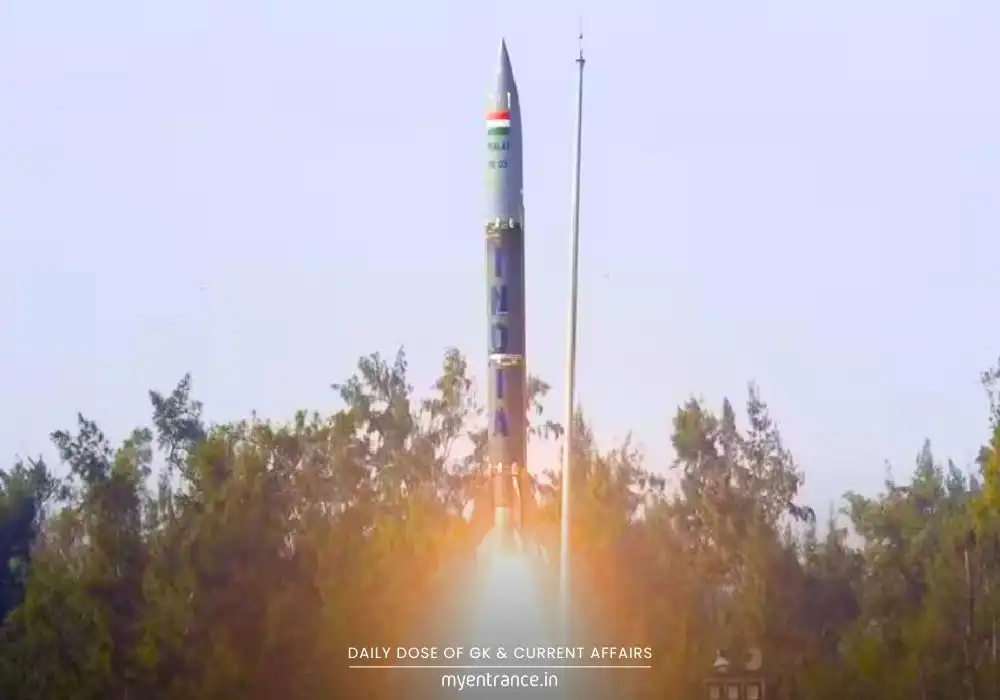Select Language
What Are the Key Takeaways from ISRO’s Axiom-4 Space Mission?
India’s space ambitions reached new heights as Group Captain Shubhanshu Shukla entered the International Space Station (ISS) as part of the Axiom-4 mission. ISRO emphasized that this mission reflects global collaboration, much like Rakesh Sharma’s historic 1984 spaceflight.
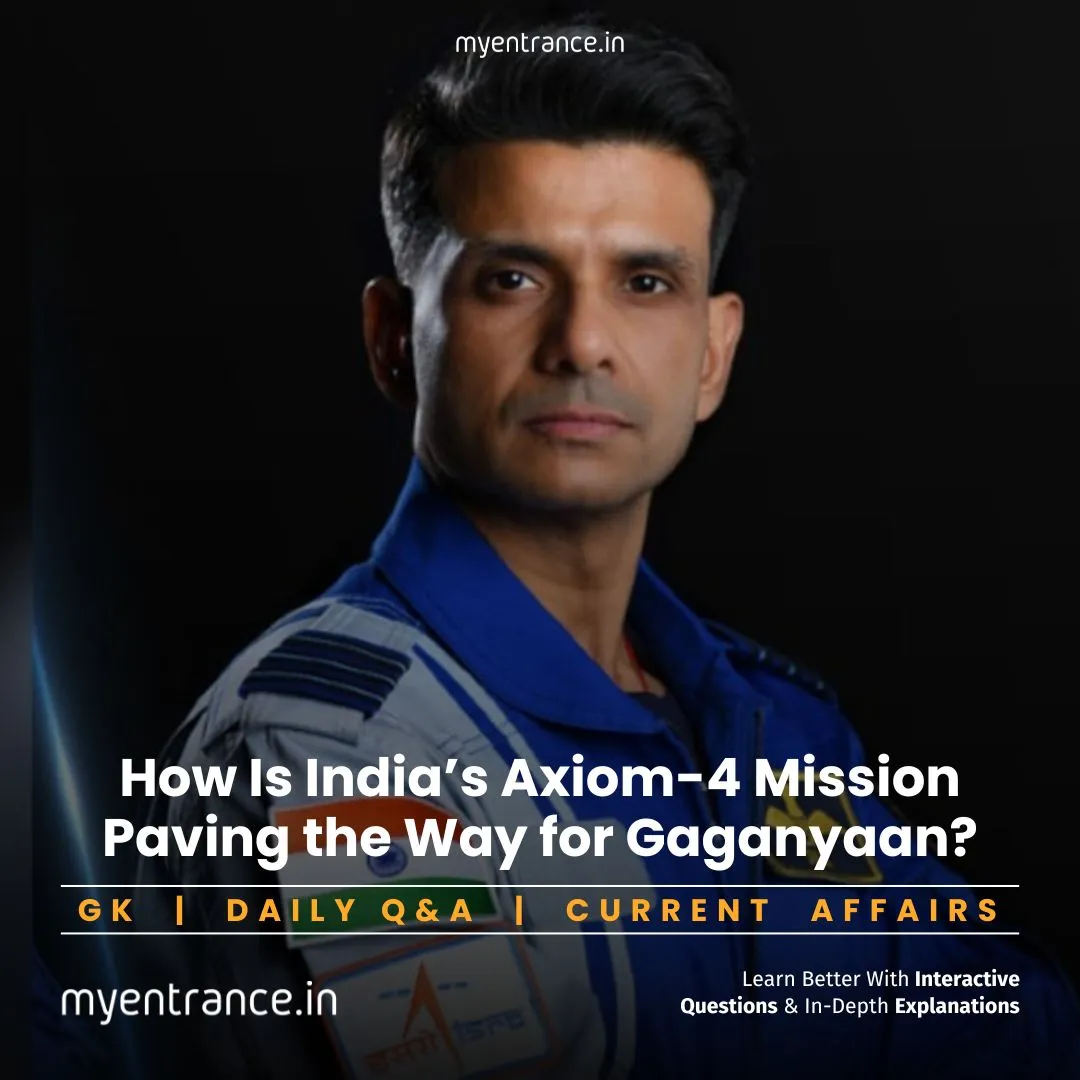
Why This Mission Matters for India’s Space Program
The Axiom-4 mission is more than just another space expedition—it’s a crucial stepping stone for India’s Gaganyaan program, the country’s first indigenous human spaceflight mission. Here’s why it’s significant:
Enhances Astronaut Training – Provides real-time data on astronaut health, crew coordination, and experiment execution in space.
Strengthens International Partnerships – Reinforces ISRO’s collaboration with global space agencies like NASA and Redwire Space.
Advances Scientific Research – Indian experiments onboard the ISS cover life sciences, fluid dynamics, and Earth observation.
Prepares for Gaganyaan – Offers critical insights into mission safety, astronaut readiness, and multi-agency operations.
Boosts India’s Space Diplomacy – Highlights India’s growing role in peaceful space exploration under PM Modi’s leadership.
Key Challenges & ISRO’s Role
The Axiom-4 launch faced multiple delays due to technical issues, including:
A harness problem in the Dragon spacecraft
Adverse weather conditions
Leakage in Falcon-9’s booster stage
Issues in the ISS’s Zvezda Module
ISRO played a proactive role in troubleshooting, insisting on resolving all safety concerns before launch—showcasing India’s commitment to risk-free space missions.
Indian Experiments Onboard the ISS
In partnership with Redwire Space (USA), ISRO has deployed several experiments, including:
✔ Life Sciences – Studying human health in microgravity.
✔ Fluid Dynamics – Researching fluid behavior in space.
✔ Health Monitoring – Testing advanced medical diagnostics.
✔ Earth Observation – Enhancing satellite-based environmental studies.
These experiments will provide valuable data for India’s future space missions.
Why is This Important for Competitive Exams?
Questions on ISRO’s missions, Gaganyaan, and international space collaborations frequently appear in exams like:
SSC, PSC (General Science & Current Affairs)
NID, NIFT, FDDI (General Knowledge & Design Innovation Sections)
UPSC & State PSCs (Science & Technology)
Understanding such missions helps in essay writing, MCQs, and interviews for government and design entrance exams.
Sample Questions & Answers
Q1: What is the significance of ISRO’s Axiom-4 mission?
✅ Ans: It supports India’s Gaganyaan program by providing critical data on astronaut health, safety protocols, and space experiments.
Q2: Which Indian astronaut recently went to the ISS under Axiom-4?
✅ Ans: Group Captain Shubhanshu Shukla.
Q3: How does Axiom-4 compare to Rakesh Sharma’s 1984 mission?
✅ *Ans: Both missions highlight India’s international space collaborations, but Axiom-4 also contributes directly to Gaganyaan.*
Q4: Which US company assisted ISRO in payload integration for Axiom-4?
✅ Ans: Redwire Space.
Q5: What were some challenges faced during the Axiom-4 launch?
✅ *Ans: Technical issues like Falcon-9 booster leakage, Dragon spacecraft harness problems, and adverse weather delayed the launch.*
Get 3 Months Free Access for SSC, PSC, NIFT & NID
Boost your exam prep!
Use offer code WELCOME28 to get 3 months free subscription. Start preparing today!
